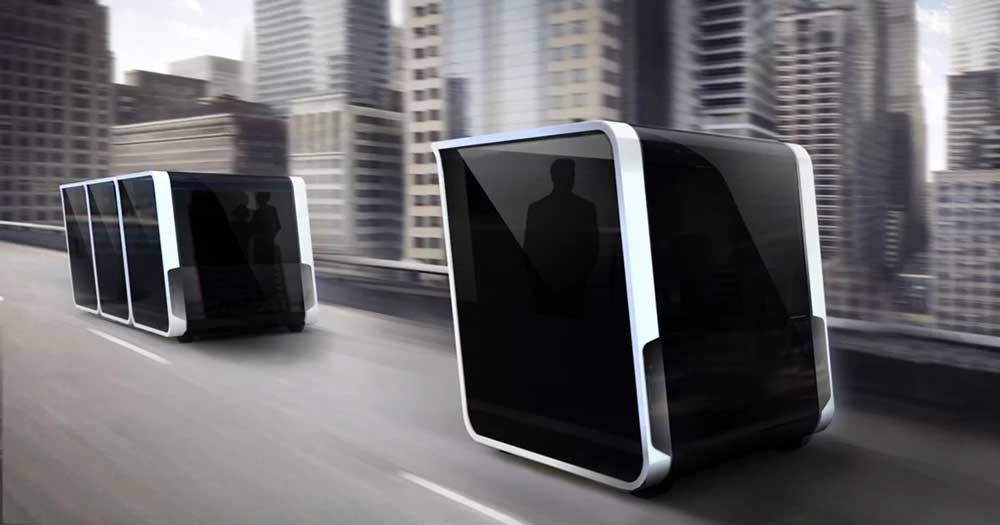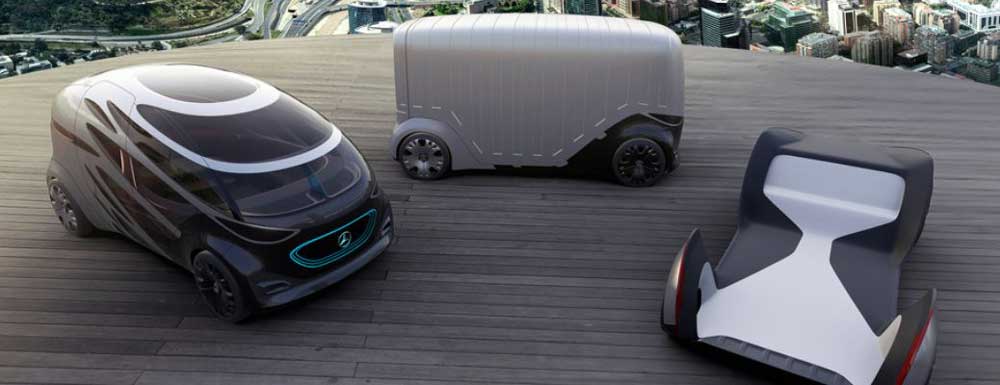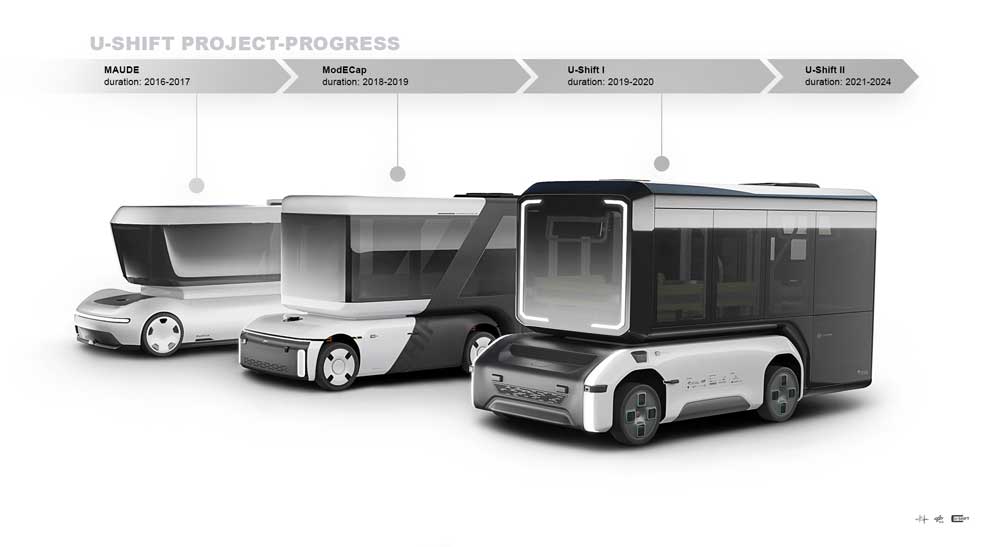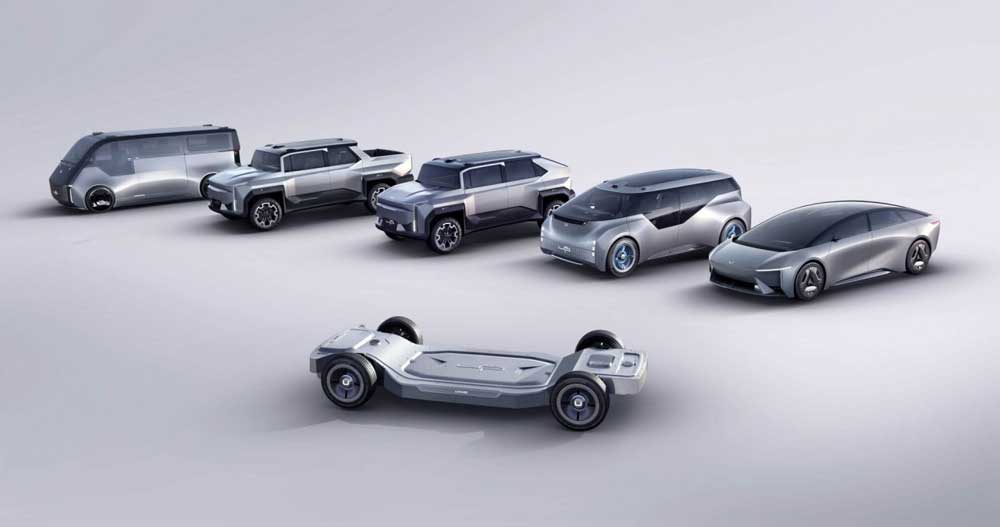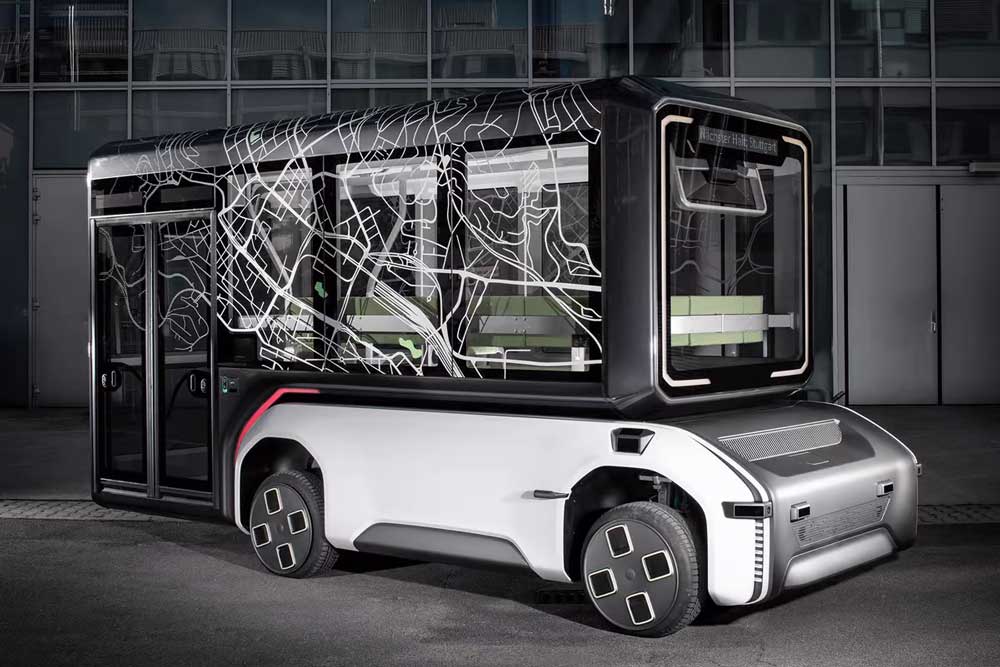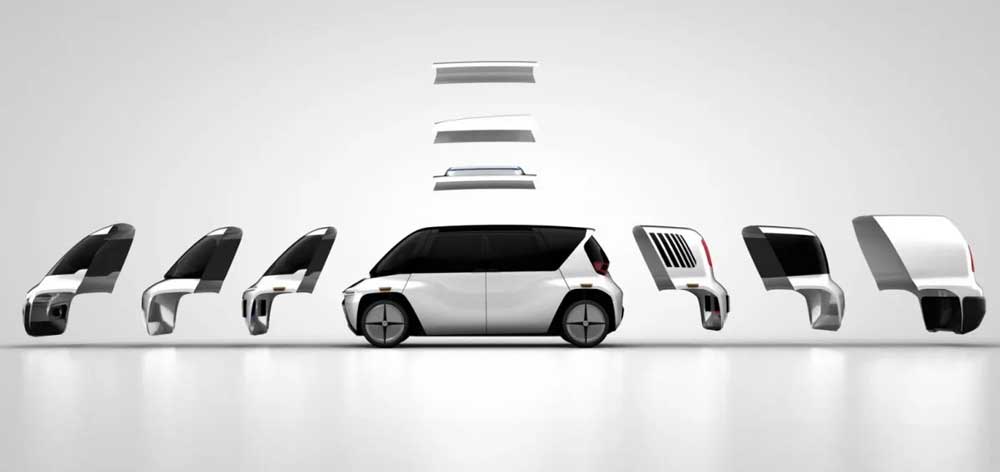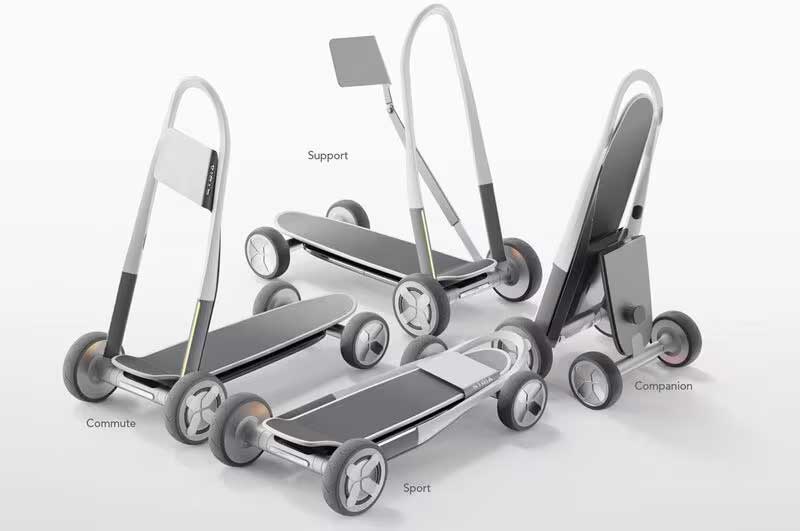Modular & Shared Mobility Concepts: The Future of Flexible and Sustainable Transportation

The automotive industry is undergoing a major transformation, driven by urbanization, sustainability concerns, and the growing need for flexible mobility solutions. Traditional car ownership is being challenged by innovative shared mobility models, while modular vehicle design is redefining how vehicles are built and used.
The rise of electric vehicles (EVs), autonomous driving, and smart cities has made modular and shared mobility concepts increasingly relevant. As cities struggle with congestion and pollution, these solutions offer a more efficient, sustainable, and cost-effective alternative to traditional car ownership and rigid vehicle designs.
This blog post will explore the concepts of modular and shared mobility, their advantages, and how designers can integrate these principles into the next generation of vehicles.
What is Modular Mobility?
Modular mobility refers to vehicle designs that can be reconfigured, customized, or repurposed for different applications. This concept allows vehicles to adapt to multiple uses, reducing waste and extending their lifespan.
Key characteristics of modular vehicles include:
- Interchangeable Components: Vehicles with detachable or replaceable parts, such as cargo modules, passenger cabins, or battery packs, allowing them to serve different functions.
- Scalability: The ability to expand or shrink based on user needs, such as adjusting seating capacity for personal vs. shared transport.
- Multi-Purpose Design: Modular vehicles can switch between personal transport, ride-sharing, last-mile delivery, or logistics, depending on demand.
- Plug-and-Play Architecture: Standardized interfaces that allow different modules to be attached to a single vehicle platform, offering flexibility in function.
One of the biggest advantages of modular mobility is efficiency—by using the same vehicle platform for multiple purposes, manufacturers can reduce production costs and consumers can maximize vehicle usage.
Understanding Shared Mobility Concepts
Shared mobility refers to transportation services that allow multiple users to access vehicles on-demand, rather than each person owning a car. This concept is central to the future of urban transportation, as it reduces traffic congestion, parking demand, and carbon emissions.
Types of shared mobility include:
- Car-Sharing Services (e.g., Zipcar, ShareNow) – Users rent cars for short periods instead of owning them.
- Ride-Hailing Services (e.g., Uber, Lyft) – On-demand rides through mobile apps.
- Micro-Mobility (e.g., Bird, Lime) – Shared electric scooters and bicycles for short-distance travel.
- Peer-to-Peer Car Sharing – Individuals rent out their private vehicles to others when they are not in use.
- Autonomous Shared Vehicles – Future fleets of self-driving, modular vehicles that adapt to demand.
Shared mobility aims to reduce vehicle redundancy—instead of cars sitting idle 95% of the time, they can be in constant use, improving efficiency and sustainability.
The Benefits of Modular and Shared Mobility
The shift towards modular and shared mobility offers numerous advantages for cities, consumers, and the environment:
For Consumers:
- Lower Costs – Instead of purchasing a vehicle, users only pay for transport when needed.
- More Flexibility – Modular designs allow for different use cases, from commuting to moving cargo.
- Less Maintenance – Shared and modular vehicles are often maintained by service providers.
For Cities:
- Reduced Traffic Congestion – Fewer cars on the road lead to less congestion and better traffic flow.
- Less Parking Demand – Shared mobility decreases the need for parking spaces, freeing up urban land.
- Smart Transportation Networks – AI-driven mobility solutions help manage demand efficiently.
For the Environment:
- Lower Emissions – Shared mobility and modular EVs reduce carbon footprints.
- Less Waste – Vehicles with modular, replaceable components have longer lifespans.
- Efficient Resource Use – Fewer vehicles are needed overall, reducing manufacturing emissions.
How Designers Can Implement Modular & Shared Mobility Features
For designers looking to develop modular and shared mobility solutions, here are key strategies:
1. Design Modular Platforms
- Use a common vehicle chassis that supports multiple configurations, such as passenger cars, cargo vans, or ride-sharing pods.
- Develop plug-and-play components, such as swappable batteries or detachable seating arrangements.
2. Prioritize Flexibility & Adaptability
- Create scalable seating arrangements that can convert a 2-seater into a 6-seater.
- Enable adjustable cargo space with foldable or removable sections.
3. Integrate Digital Connectivity & Smart Features
- Develop app-based interfaces for users to book, locate, and unlock shared vehicles.
- Implement AI-driven fleet management for optimizing vehicle distribution.
- Use adaptive interfaces inside the vehicle that change based on user profiles.
4. Focus on Sustainability
- Use recycled materials in manufacturing and energy-efficient designs to minimize environmental impact.
- Incorporate lightweight materials like aluminum and composite plastics to improve efficiency.
- Enable end-of-life recycling where modular components can be easily replaced or reused.
5. Enhance User Experience (UX) in Shared Vehicles
- Design personalized in-car experiences (e.g., auto-adjusting seats, climate settings, and infotainment).
- Implement clean, durable interior materials that withstand frequent use in shared vehicles.
- Offer privacy options, such as soundproof pods or partitions in shared rides.
Case Studies: Leading Examples of Modular and Shared Mobility
Several companies have already pioneered modular and shared mobility concepts:
- Canoo: A modular EV startup that offers a subscription-based car service with interchangeable interiors for personal, business, and ride-sharing needs.
- Zoox (Amazon) – A fully autonomous ride-hailing vehicle with a modular, cabin-like design optimized for urban transport.
- Arrival – A company developing modular electric vans and buses, allowing for different seating and cargo configurations.
- Rinspeed Snap – A futuristic concept car with a detachable passenger pod that can be used on different chassis.
- LEVC VN5 – A modular hybrid van that switches between taxi, cargo, and ride-share configurations.
These innovations highlight the growing potential for modular and shared mobility to revolutionize urban transport.
The Future of Modular and Shared Vehicle Design
Looking ahead, the combination of autonomous driving, AI-powered fleet management, and modular vehicle architectures will redefine urban mobility. Future developments include:
- Autonomous Ride-Sharing Pods – Self-driving vehicles that pick up passengers and adjust configurations in real-time.
- Subscription-Based Modular Vehicles – Users subscribe to modular vehicles that change based on their needs (e.g., work commute vs. weekend camping).
- Sustainable Mobility Networks – Cities integrating public transit, micro-mobility, and shared electric vehicles into seamless transportation ecosystems.
- AI-Optimized Fleets – Self-learning mobility networks that predict demand and deploy vehicles efficiently.
As cities prioritize sustainability and efficiency, modular and shared mobility will play a crucial role in shaping the future of transportation.
Conclusion: Adapting to a More Flexible, Efficient Mobility System
The rise of modular and shared mobility signals a fundamental shift in how we move. By embracing flexibility, sustainability, and digital integration, designers can create vehicles that adapt to changing user needs, reduce environmental impact, and redefine the way we think about transportation.
The future is shared, modular, and smart—and those who embrace this shift will be at the forefront of the next mobility revolution.
References
- Smith, J. (2021) The Future of Shared Mobility: Design Innovations for Urban Transport. Urban Mobility Review, 38(4), pp. 56-71.
- Canoo Inc. (2021) Modular EV Platforms: A New Approach to Car Ownership. Available at: https://www.canoo.com
- Miller, T. (2020) The Rise of Subscription-Based Car Services and Modular Vehicle Design. Automotive Future Journal, 30(1), pp. 34-48.
